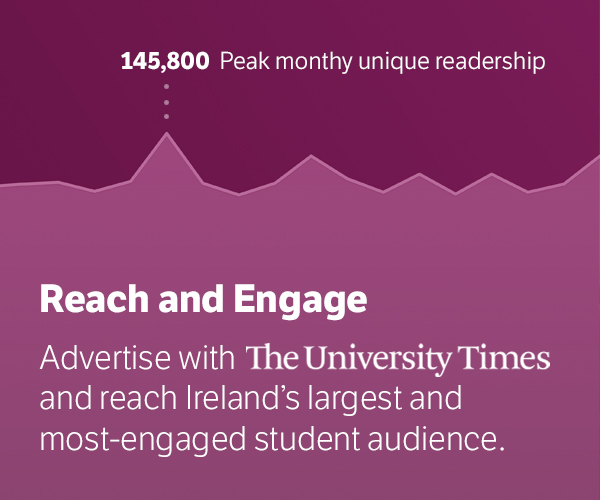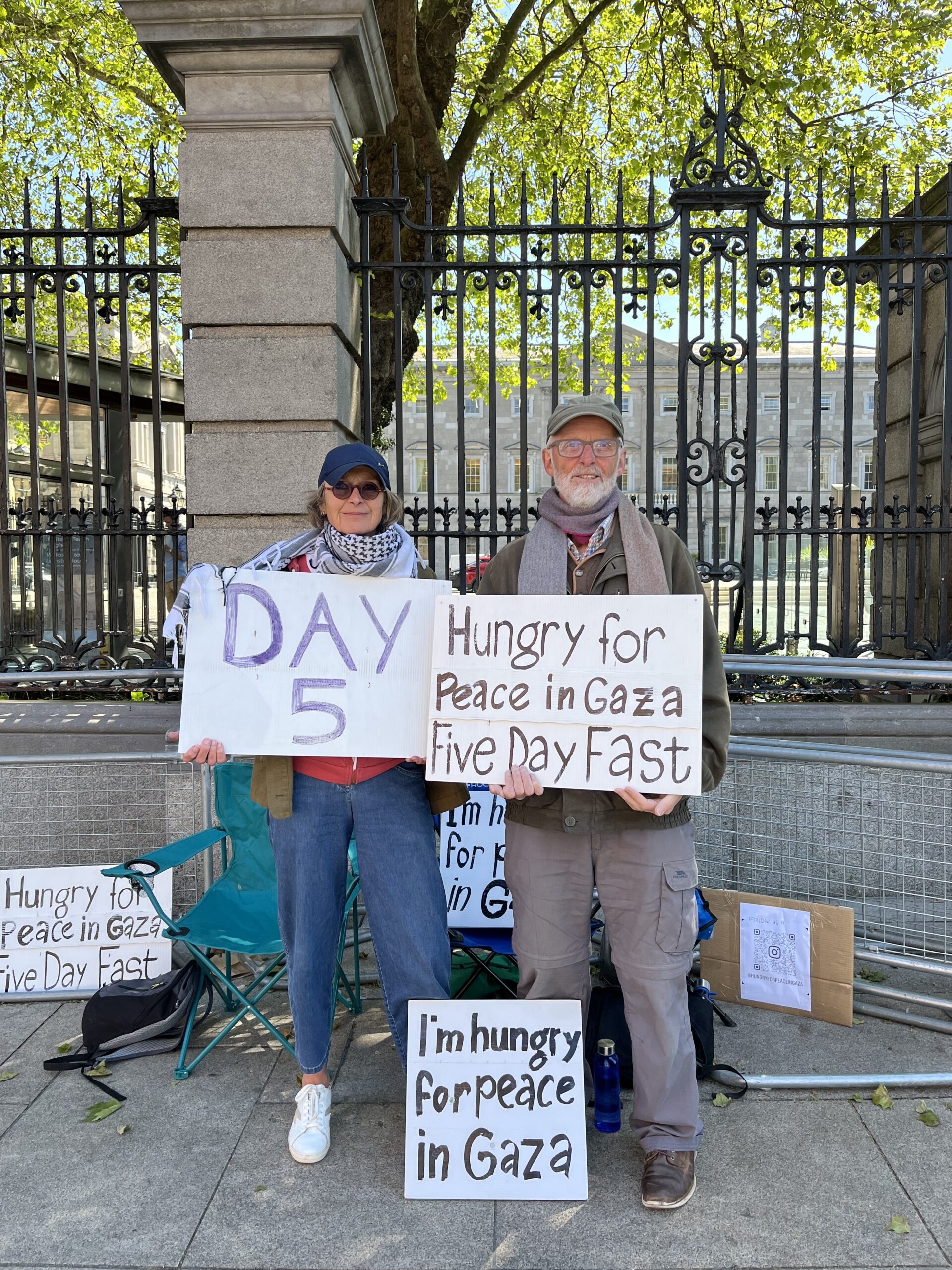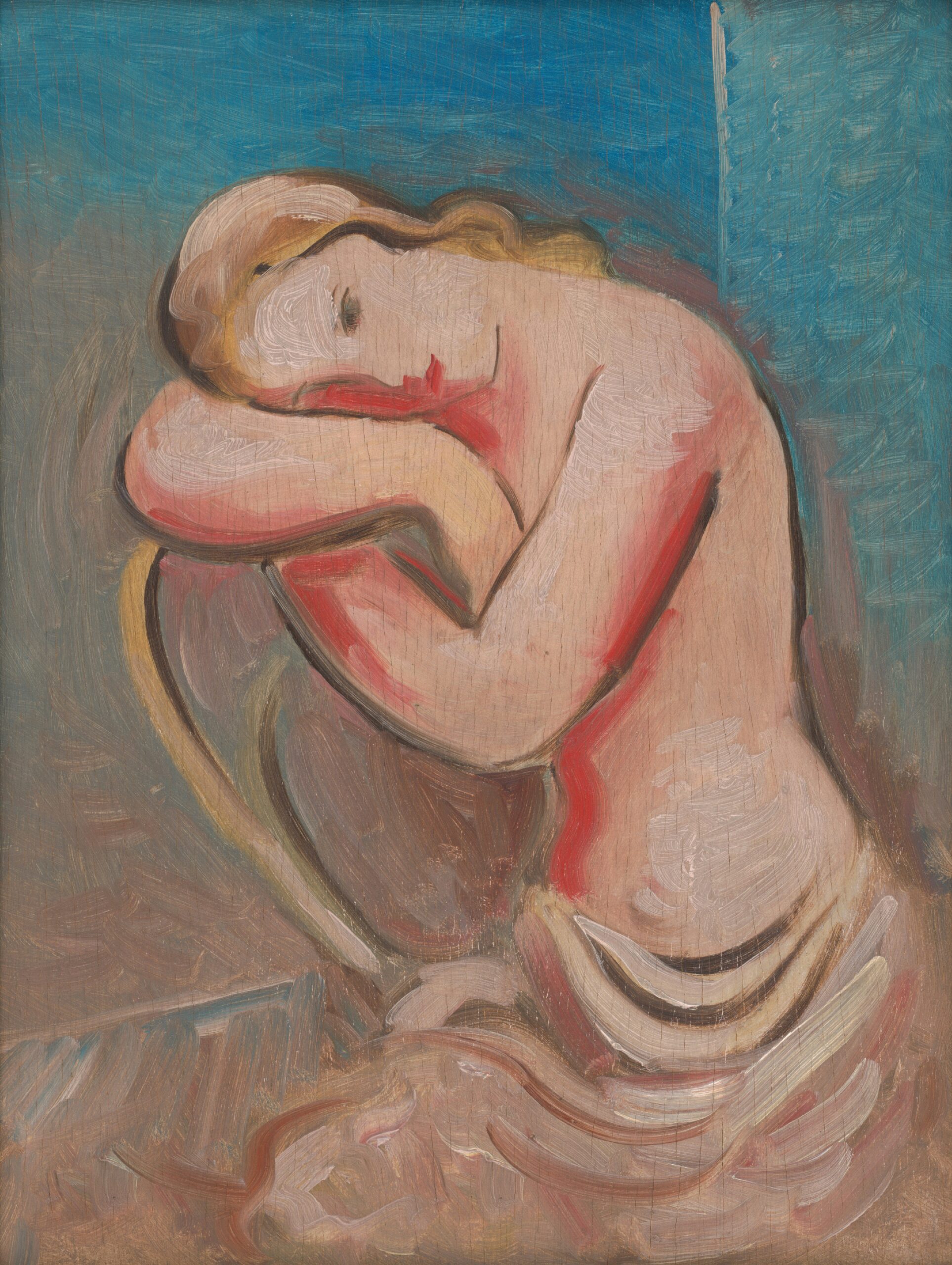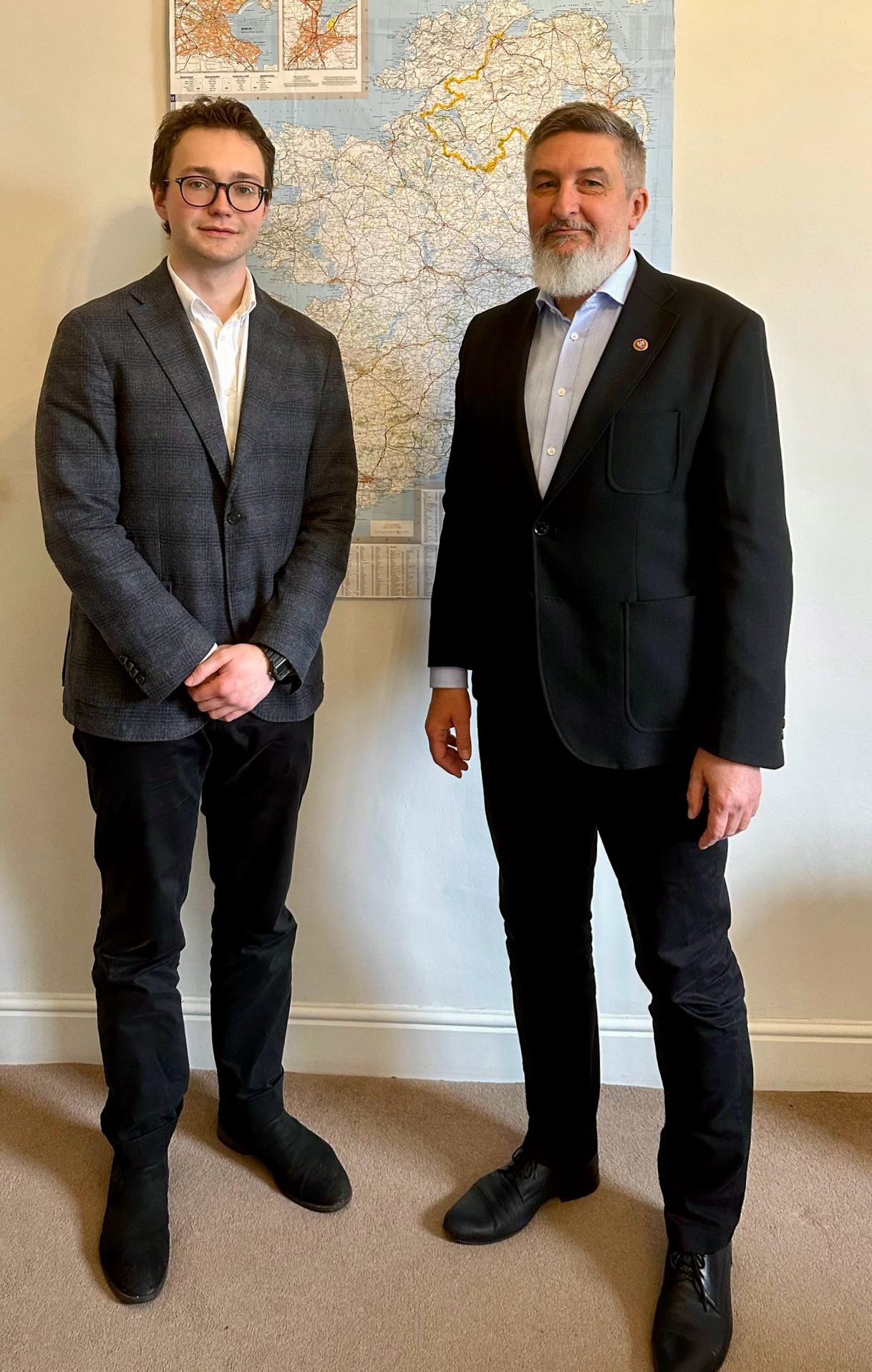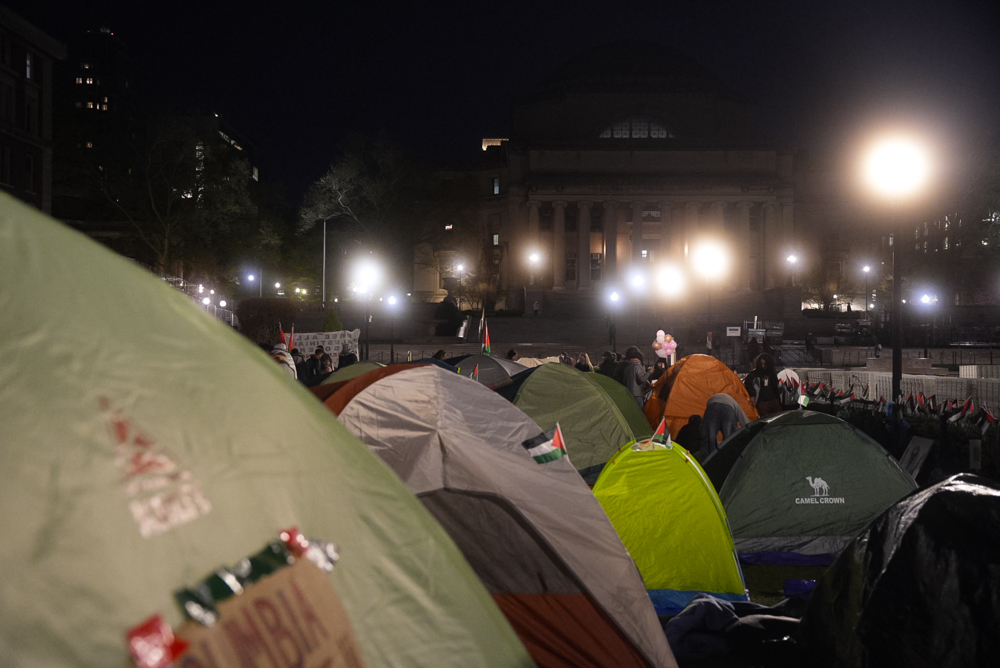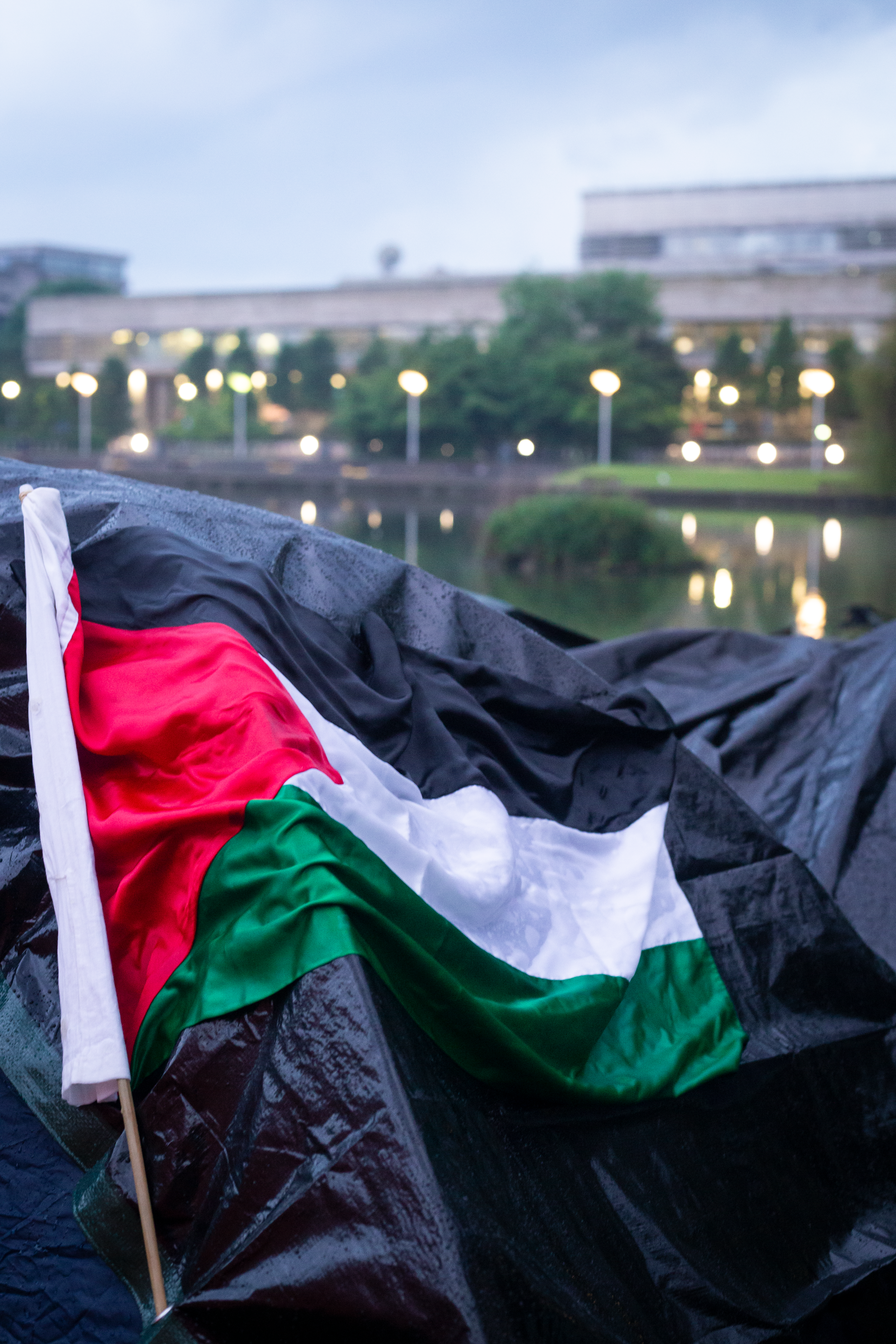
Award-winning Belfast-born writer Maria Fusco has never been one to adhere to boundaries—whether literary, cinematic, or disciplinary. In conversation with Clara Potts, Fusco delves into her recent contribution to In the Good Seats: Essays on Film, her thought-provoking current exhibition, History of the Present, and the vibrant experimentation that defines her artistic practice.
Now based in Scotland as a Professor of Interdisciplinary Writing at the University of Dundee, Fusco is renowned for a protean body of work that seamlessly blends theoretical rigour with creative daring. Across eight critically acclaimed books and four ambitious performances translated into ten languages, Fusco consistently explores intersectional socio-economic realities through innovative narrative forms. Her latest works—History of the Present, an avant-garde opera film confronting Belfast’s legacy of defensive architecture co-directed with artist Margaret Salmon and featuring new music by Annea Lockwood, and the provocative lyric essay collection Who does not envy with us is against us, which examines working-class identity as method (both 2023)—exemplify Fusco’s bold, multifaceted artistic practice.
Clara: Your current exhibition, History of the Present, weaves together text, sound, and moving image in a way that feels both rigorous and deeply sensorial. Given your longstanding interest in the politics of voice and narration, how did you approach the interplay between these different mediums?
Maria: Many of the materials on show are research materials from the making of History of the Present, the photographic installation are images made by co-director Margaret Salmon. There is some further sonic archive situated in the hall, which are procedural phrases edited from the recordings we made during production phases, such as recordings of us with the composer, Annea Lockwood, listening to and through her initial field recordings made of the Ardoyne peacelines I grew up beside. These recordings unpack a way of us communicating, of working through problems, the banal “watch your finger” to expose our working process: this feels important from a feminist point of view, to not conceal, to be clear.
There are other materials included, personal items from mine and Margaret’s lives, things which might be seen as being leftover or waste items (for example Margaret brought the red head of a tube of toothpaste), and I brought an old measuring tape. The object items in the lower gallery space (a paper rack, an overturned bookcase, a lightbox, lampshade skeletons) are all from Craftworld, which is what the building used to be before it became a gallery. I used to visit Craftworld when I was a child to look at stuff and dream of making, so it was important to me to include physical traces of that place’s history in a way that transforms them into something like portals.
Clara: Your writing often dismantles traditional narrative structures, experimenting with rhythm, syntax, and form. How did this literary sensibility shape the spatial and material decisions in the exhibition?
Maria: Experimental syntax, if I can phrase it like that, is always with me. I tend towards retaining my own remembered phrasing as a counterpoint to perceived ‘correctness’; this way of going about things is inscribed across all of my work, whichever form I am working in, and maybe it is an expression of “working-class-ness as method”, which I propose in my book of essays Who does not envy with us is against us.
Clara: Collaboration seems integral to your practice, from working with sound artists to engaging with the politics of collective authorship. How did collaboration manifest in History of the Present, and were there any unexpected creative tensions or breakthroughs along the way?
Maria: Actually most of my work is made alone. But when I do collaborate, I find it immersive. It’s important to remember that this exhibition is made in collaboration with Margaret and that the final form is a cooperation between us that happened in the space (carrying cabinets, taping images, negotiating. So then, when I collaborate, it is with people who are specialist in their fields (for example, Margaret is a highly esteemed artist and filmmaker,) so I must learn each time how to communicate with them precisely, respectfully and without compromise. This is as close to a defined literary sensibility as I would like to get. I am, after all, an interdisciplinary writer, I seek meaning not form per se.
Clara: In much of your work, language doesn’t just describe—it disrupts, challenges, and reorients perception. What were the particular challenges of translating that kind of textual friction into the physical space of an exhibition?
Maria: In this exhibition there is no form of translation or description. Rather, there is, I hope, stroboscopic language embodied in each artefact; the use of language here is ambient and affectual. In the opera-film, History of the Present,(which is also, of course, the title of the exhibition), language is used to show how history enters the body and how, in this work, it exits the body through voice, but that a trace of that history, a shard perhaps, never leaves the body and is incorporated into it. This is trauma. So, when I employ language in an aporetic expanded way, as it is employed in this exhibition, it is concrete and I am pointing towards what is left behind rather than what is told.
Clara: Your work often engages with social and historical structures in ways that resist straightforward interpretation. Rather than asking what you ‘hope’ audiences take from the exhibition, I’m curious—what kinds of readings or misreadings do you find most compelling when people interact with your work?
Maria: It would be remiss of me (of anyone for that matter!) to believe that history is straightforward, or that it is accurate; close reading and listening is essential to try to develop a critically engaged relationship with extant historical materials. I am attracted to the minor characters in major events, to the ‘marginal’, to the forgotten, to those who did their hard work without being noticed.
As the subject of History of the Present grows from a place of a specific place during a specific period of history (Belfast during the Troubles), I had to think carefully, with Margaret (who is American) about how much audiences would know about that civil war, or how much they chose to forget.
The work is not a documentary; it is abstract, experimental, lyrical but also precise and emotionally tough; audiences seem to respond to that in an emotionally intelligent and speculative way, each audience is different, and I learn something new from them each time.
Questions on In the Good Seats and Film Writing
Clara: Your essay in In the Good Seats takes a distinctive approach to film. Without presuming too much about the text before reading it, I’m curious—how did you conceive of the form and tone of this piece in relation to your broader writing practice?
Maria: I don’t strategise an individual text in the content of my ‘oeuvre’ though someone did say to me recently that I am my own genre… I wrote about Alan Clarke’s 38-minute film Elephant, which was screened on BBC Two on 25 January 1989. The essay was commissioned as part of the collection, as a ‘personal essay’, i.e. from a subjective point of view.
It’s a very difficult film, a non-linear sequence of eighteen uncontextualised killings, shot on Steadicam, on location in Belfast, I wanted to match the tone of Elephant, paying attention to pace and how the work settles on its subject at the end of each sequence to give time for the viewer to consider the implications of what they have seen and, I suppose, to situate themselves in relation to a violent (deadly) act.
This requires much labour and attention on the part of the viewer, so I wanted to attend my own critical, subjective analysis with the same rigour and honesty.
It is a highly detailed and sometimes difficult read, but as with much of my work, not without humour: I am Northern Irish after all, and we do like to laugh.
Clara: You’ve written extensively about the politics of voice, authorship, and representation—how do you see critical writing influencing the way we experience and interpret film? Does it clarify, disrupt, or generate new cinematic possibilities? Was there a particular film that sparked your interest in writing about cinema in this way?
Maria: I have always watched a lot of films, mainly on TV. When I was growing up, I watched everything, with no knowledge nor presuppositions about quality, value or taste.
I have written about film in the past, I have an ongoing cycle of texts about Donald Sutherland’s filmic output between 1970-1980 for example, in fact I am writing about Don’t Look Now at the moment, which I have been wary of writing about for years, to help me access the film’s inner workings, I am focussing on minute details as a form of declaration. All forms can slither into one another, depending on the ambient atmosphere.
Clara: Lastly, if you could program a screening to accompany your essay, what films would be in the lineup?
Maria: I’m not sure, however seeing as you’ve asked, tonally I would offer: Pasolini’s Porcile, Frederick Wiseman’s Titticut Follies and a few late 1970 episodes of Dr Who.
